Cheek Piercing -
Full Guide to Styles,
Pain, Healing & Jewelry
Facial piercings have evolved from niche trends into popular forms of self-expression.
Among them, the cheek piercing stands out for its bold yet versatile placement. Positioned on the cheeks, this piercing can enhance facial symmetry, accentuate cheekbones, and complement other facial or ear piercings.
Unlike ear or nose piercings, cheek piercings can be both subtle and dramatic. A small stud can provide a minimalist floating effect, while multiple piercings or gemstone jewelry can create a statement look. In this article, we’ll explore different types, pain expectations, healing, jewelry options, and aftercare, helping you decide if a cheek piercing fits your personal style.
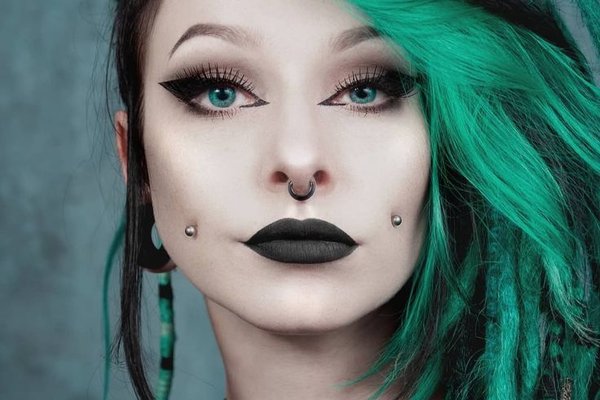
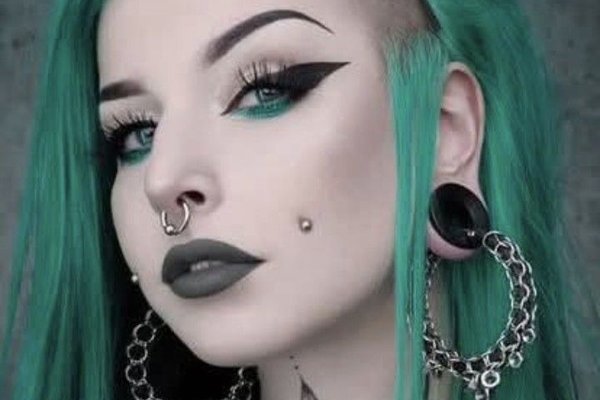
What is a Cheek Piercing?
A cheek piercing is placed through the soft tissue of the cheek, usually along the cheekbone.
Placement affects visibility and overall appearance.
One popular option is a cheek dermal piercing, which uses a dermal anchor beneath the skin to hold jewelry in place. This gives the illusion of a floating gem. Other variations include the cheek hole piercing, which penetrates deeper into the tissue, and the stretched cheek piercing, where the piercing is gradually enlarged to accommodate larger jewelry.
An upper cheek piercing is positioned closer to the eyes for a striking effect, while mid-cheek placements create a subtler style. The mutya cheek piercing features symmetrical piercings on both cheeks, offering a balanced and elegant look.



Types of Cheek Piercings
Cheek piercings can vary based on placement and style:
- Dermal Cheek Piercing: Uses a dermal anchor beneath the skin to hold a stud. Minimalist and floating.
- Stretched Cheek Piercing: Enlarges the piercing over time for larger jewelry and a bold aesthetic.
- Cheek Bone Piercing: Highlights facial structure; best with small studs or flat-back gems.
- Upper Cheek Piercing: High placement near the eyes for a dramatic, noticeable effect.
- Cheek Hole Piercing: Deeper piercing forming a visible opening for jewelry.
- Mutya Cheek Piercing: Symmetrical piercings on both cheeks for a balanced, aesthetic effect.
Each type creates a distinct visual impact. Cheek bone piercings offer subtle elegance, while stretched cheek piercings provide a bold, alternative style.

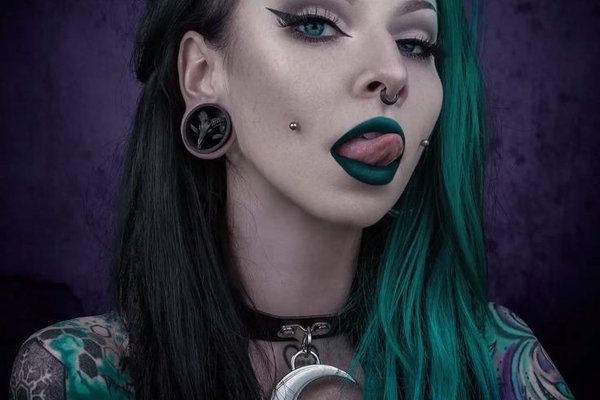
Jewelry and Styling Ideas
Jewelry is key to defining the look of a cheek piercing.
Options include:
- Small Studs: Minimalist and versatile, perfect for a dermal cheek piercing.
- Barbells: Used in stretched cheek piercings, allowing gradual enlargement.
- Gemstone Studs: Adds sparkle and elegance, enhancing symmetry and balance.
- Circular Dermals: Modern floating effect for sleek, contemporary looks.
- Hoops or Rings: Suitable for cheek hole piercings and stretched variants.
Paired placements like the mutya cheek piercing can use matching gemstones or studs for a balanced effect. Some people coordinate cheek piercings with ear or lip piercings for a cohesive, layered aesthetic.

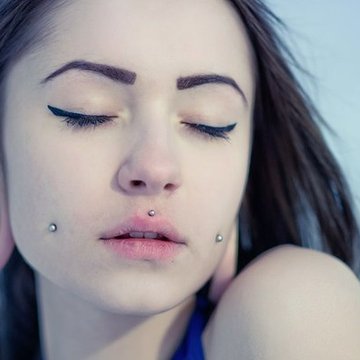

Pain and Healing
Process
Pain varies by piercing type.
A dermal cheek piercing usually causes a brief pinch followed by mild pressure. Stretched cheek piercings feel slightly more intense as the tissue gradually adapts to larger jewelry.
Aftercare tips include:
- Clean with sterile saline at least twice daily.
- Avoid twisting or removing jewelry in the early stages.
- Keep hair, headphones, or masks from pressing against the area.
- Avoid sleeping on the pierced cheek for the first few weeks.
- Swelling, redness, or slight throbbing is normal.
The average cheek piercing healing time is 6-12 weeks, with some clients reaching full comfort after a year, especially for stretched or complex piercings. Healing may occur in cycles, with periods of calm followed by temporary irritation.
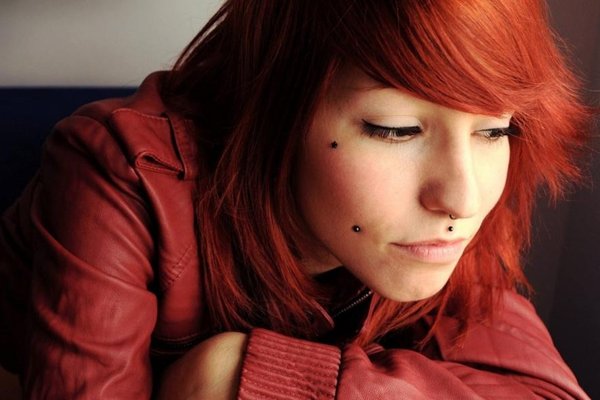

For Men and Women
Cheek piercings suit all genders.
Women may choose gemstone studs, hoops, or decorative shapes, while men often prefer subtle titanium or matte black jewelry. Paired placements, like the mutya cheek piercing, provide symmetry without being overly decorative.
This style is popular among professionals, athletes, and creatives who want a statement piercing that remains versatile and wearable.
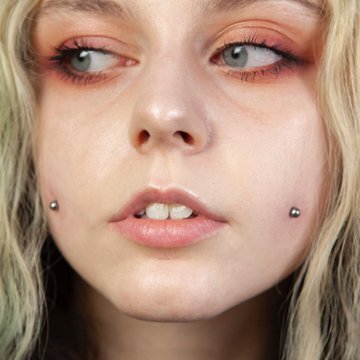
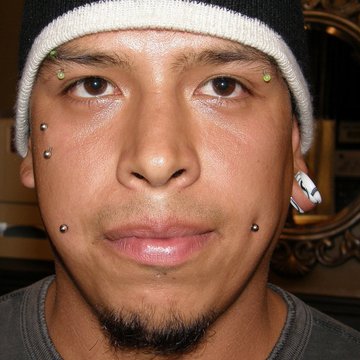

Piercing Combinations
and Creative Sets
Cheek piercings can be paired with other facial or ear piercings:
- Layered with lobes, conch, or tragus piercings for curated ear projects.
- Paired upper cheek piercings with dermal studs for symmetry.
- Integrated cheek hole piercings for a creative, layered look.
- Adequate spacing ensures comfort and visibility.
- Mixed jewelry types add visual interest and individuality.
These combinations allow for highly personalized styles while maintaining balance and proportion.
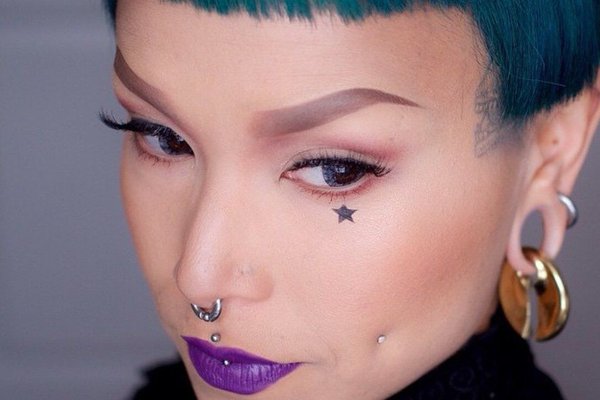
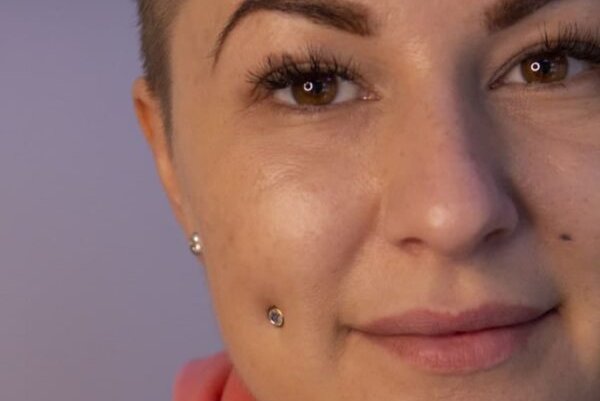
Jewelry Ideas
and Styling Inspiration
Healing usually begins with flat-back studs.
After healing, options expand:
- Gold or silver hoops for classic elegance.
- Gemstone studs for sparkle.
- Matte titanium for minimalist designs.
- Coordinated sets with ear lobes or tragus piercings.
- Themed jewelry, e.g., stars, moons, geometric shapes.
Online cheek piercing ideas show subtle matches or contrasts, like a hoop paired with a gem. Mixed metals, asymmetric styles, and creative layering allow customization for daily wear or special occasions.
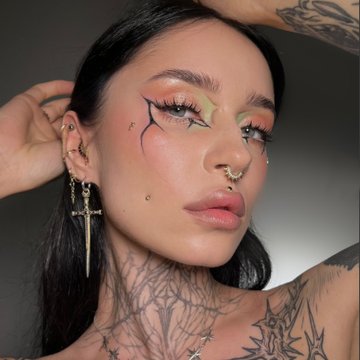
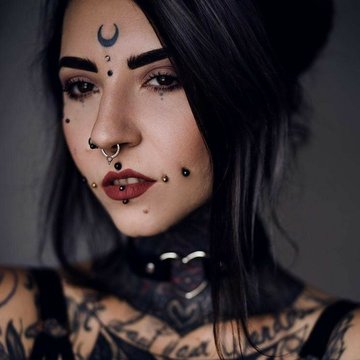
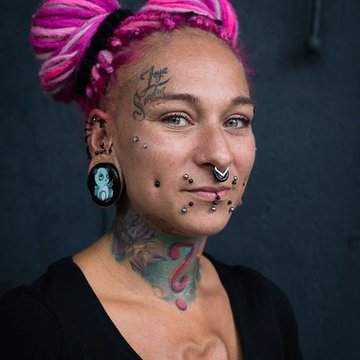
Why Choose
a Professional Studio?
Precision is essential.
Even small placement errors can affect symmetry and healing. Certified studios provide sterile technique, accurate jewelry fitting, and post-swelling adjustments. Searching for cheek piercing name can give inspiration, but proper execution requires a professional piercer to ensure safety and a beautiful result.

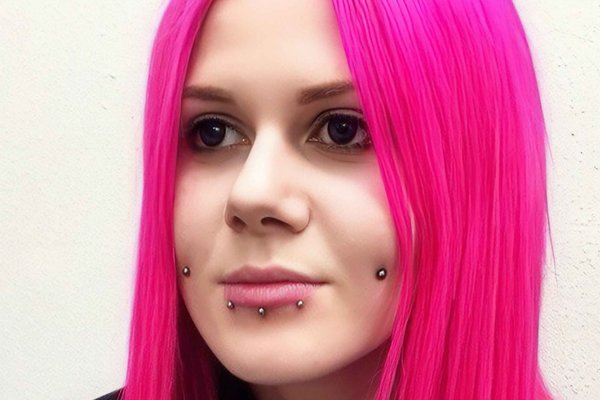
History, Trends,
and Cultural Notes
Facial piercings have been used for centuries in various cultures, often as symbolic or decorative body modifications.
Modern cheek piercings gained popularity with alternative fashion and social media trends. Influencers frequently showcase symmetrical and layered placements, such as the mutya cheek piercing, driving global interest.

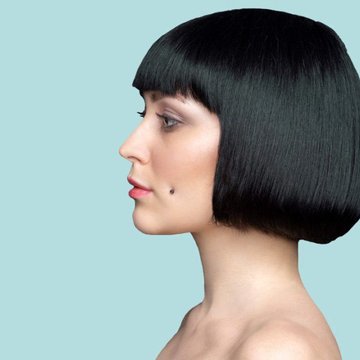
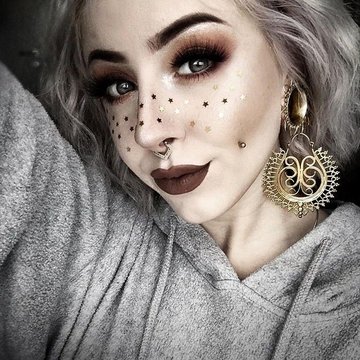
Aftercare Timeline
- Week 1-2: Swelling, tenderness, mild redness. Avoid pressure.
- Week 3-6: Crusting; clean gently, don’t pick.
- Month 2-4: Irritation bumps possible; maintain care routine.
- Month 5-9: Piercings stabilize; jewelry can be adjusted.
- After 9 months: Safe to change jewelry with piercer approval.
Patience and consistent aftercare are crucial, as cartilage heals slowly. Even if the surface looks fine, underlying tissue may still be sensitive.
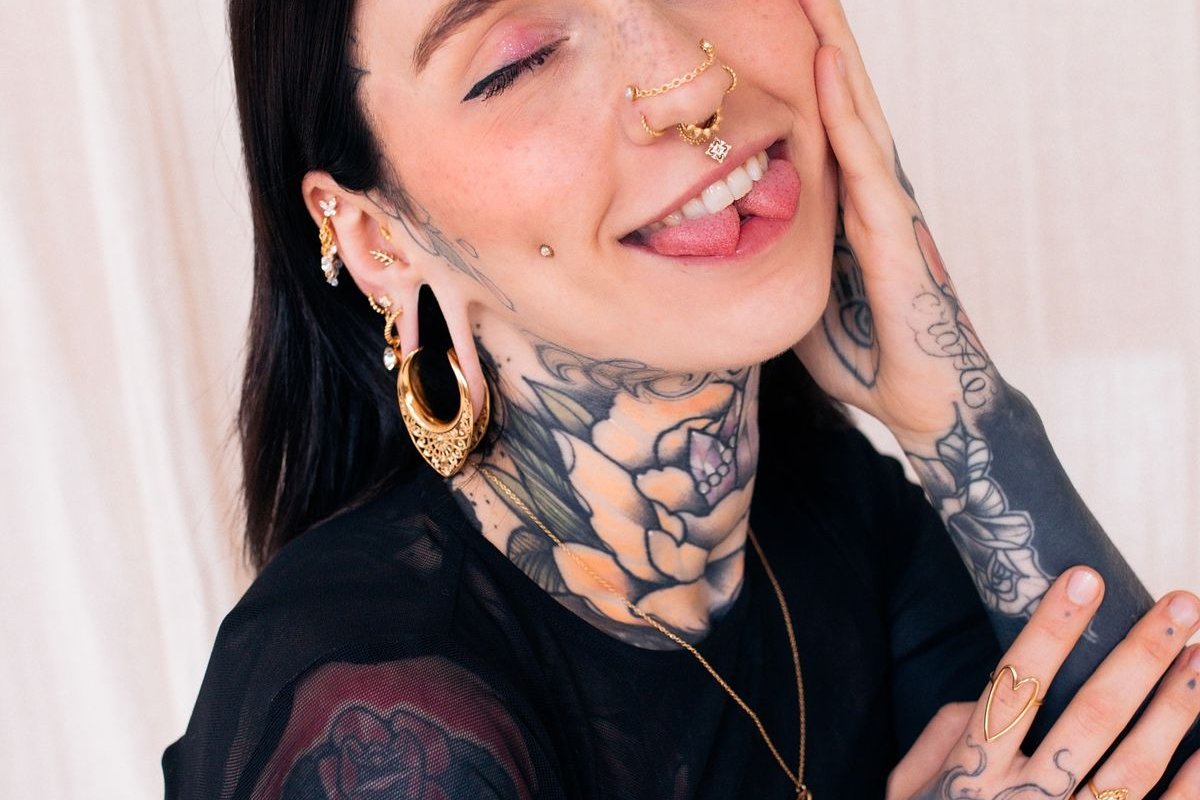
A cheek piercing combines style, symmetry, and self-expression.
Whether subtle or bold, it can complement everyday looks or elaborate ear projects. If you want a professional, safe, and precise cheek piercing, visit VEAN TATTOO. Our piercers will map placements to your anatomy, ensure sterile conditions, and provide full aftercare instructions. With proper care, your piercing will be a striking, timeless addition to your personal style.

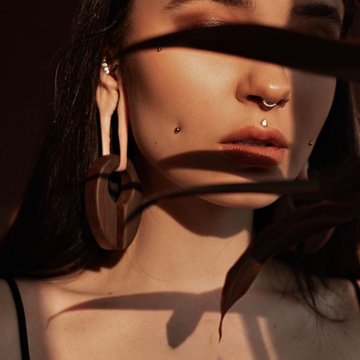



 Make a sketch in the AI VEAN TATTOO generator
Make a sketch in the AI VEAN TATTOO generator




